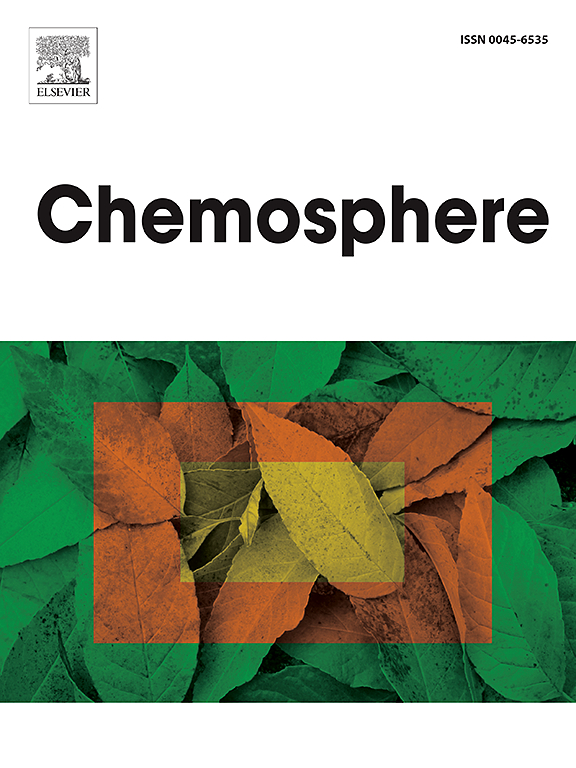Optimization of PET depolymerization for enhanced terephthalic acid recovery from commercial PET and post consumer PET-bottles via low-temperature alkaline hydrolysis
IF 8.1
2区 环境科学与生态学
Q1 ENVIRONMENTAL SCIENCES
引用次数: 0
Abstract
The increasing demand for plastic has resulted in a surge in plastic waste production. Polyethylene terephthalate (PET), commonly used in beverage bottle manufacturing, is only partially recycled, with an estimated recycling rate of just 28.4% in 2019. This accumulation of plastic waste is harmful to the environment and living organisms, necessitating effective recycling methods for PET waste. One promising method is alkaline hydrolysis using NaOH, which can break down PET into its monomer components, terephthalic acid (TPA) and ethylene glycol (EG). This process not only recycles PET efficiently but also manages contaminants effectively, producing high-quality TPA, supporting the development of a circular economy. This study looks into PET depolymerization via alkaline hydrolysis at low temperature by investigating effects of various factors: pH levels, water to ethanol ratio, NaOH concentration, NaOH to PET ratio, reaction time, PET size, reusability of unreacted PET, air plasma pretreatment of PET, and different kinds of PET. Promisingly, PET conversion rates of over 90% and a TPA purity of 99.6% were achieved in this study highlighting the efficacy of alkaline hydrolysis in depolymerizing post-consumer PET waste. Ultimately, this research advances sustainable plastic waste management and supports the integration of PET into a circular economy framework.
通过低温碱性水解优化 PET 解聚,以提高商用 PET 和消费后 PET 瓶中对苯二甲酸的回收率。
塑料需求的不断增长导致塑料垃圾产量激增。饮料瓶制造中常用的聚对苯二甲酸乙二醇酯(PET)只能部分回收,预计 2019 年的回收率仅为 28.4%。这种塑料废物的累积对环境和生物体有害,因此需要有效的 PET 废物回收方法。一种很有前景的方法是使用 NaOH 进行碱性水解,它可以将 PET 分解成单体成分对苯二甲酸(TPA)和乙二醇(EG)。这种工艺不仅能有效回收 PET,还能有效处理污染物,生产出高质量的 TPA,支持循环经济的发展。本研究探讨了在低温下通过碱性水解法解聚 PET 的过程,研究了各种因素的影响:pH 值、水与乙醇的比例、NaOH 浓度、NaOH 与 PET 的比例、反应时间、PET 尺寸、未反应 PET 的可再利用性、PET 的空气等离子预处理以及不同种类的 PET。令人欣喜的是,本研究实现了 90% 以上的 PET 转化率和 99.6% 的 TPA 纯度,这凸显了碱性水解法在解聚消费后 PET 废料方面的功效。最终,这项研究推动了可持续塑料废物管理,并支持将 PET 纳入循环经济框架。
本文章由计算机程序翻译,如有差异,请以英文原文为准。
求助全文
约1分钟内获得全文
求助全文
来源期刊

Chemosphere
环境科学-环境科学
CiteScore
15.80
自引率
8.00%
发文量
4975
审稿时长
3.4 months
期刊介绍:
Chemosphere, being an international multidisciplinary journal, is dedicated to publishing original communications and review articles on chemicals in the environment. The scope covers a wide range of topics, including the identification, quantification, behavior, fate, toxicology, treatment, and remediation of chemicals in the bio-, hydro-, litho-, and atmosphere, ensuring the broad dissemination of research in this field.
 求助内容:
求助内容: 应助结果提醒方式:
应助结果提醒方式:


